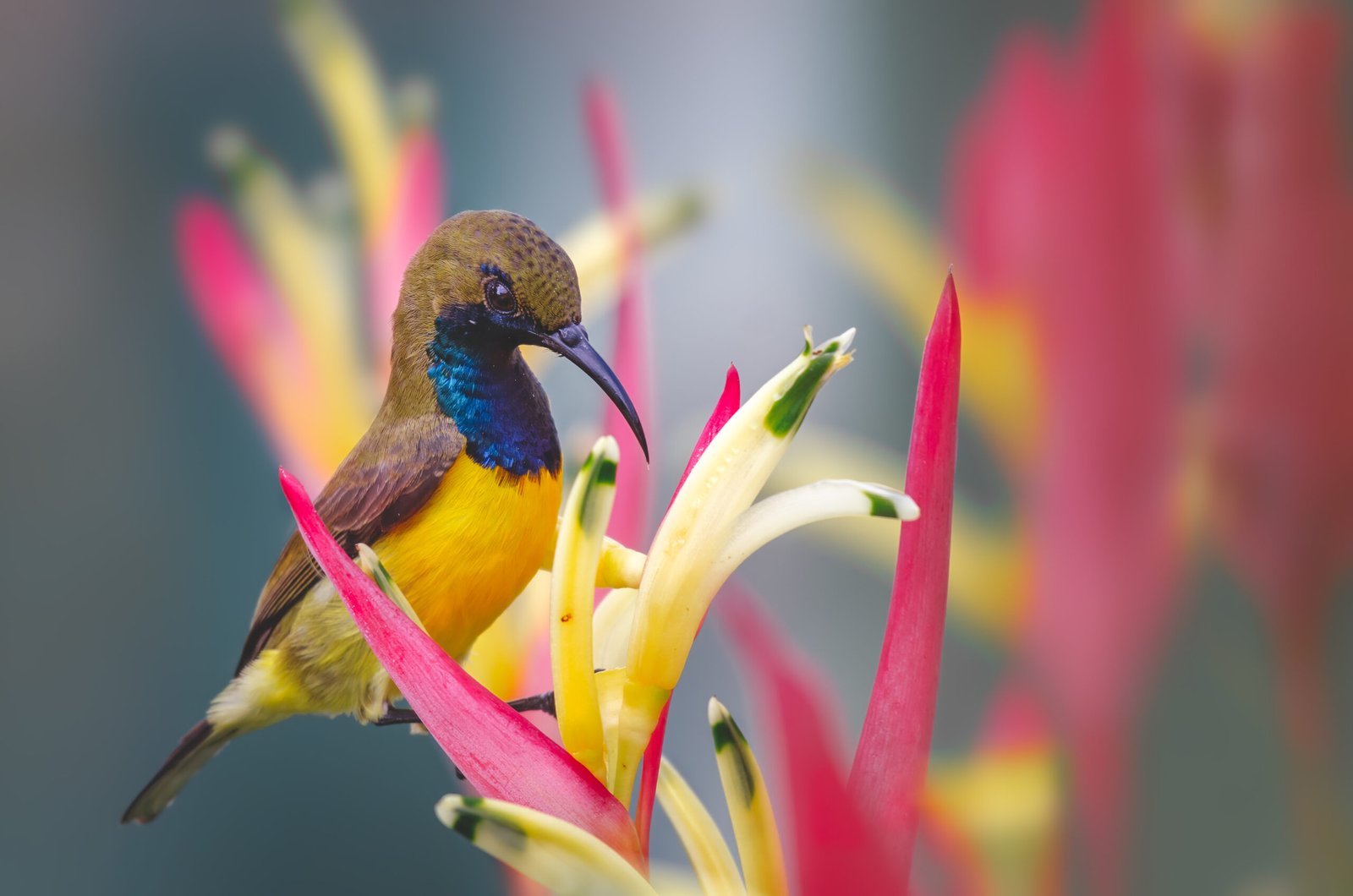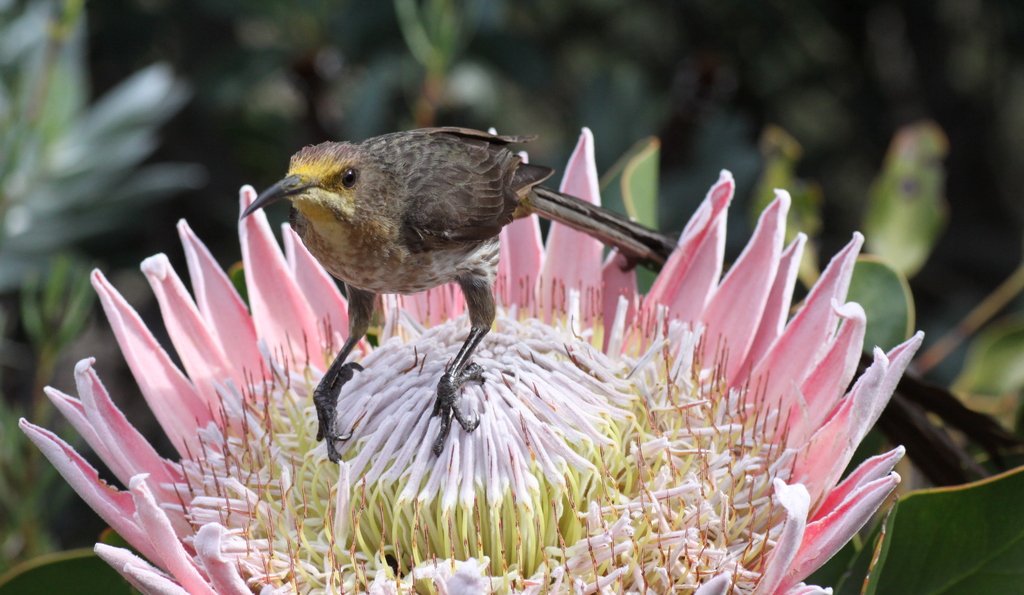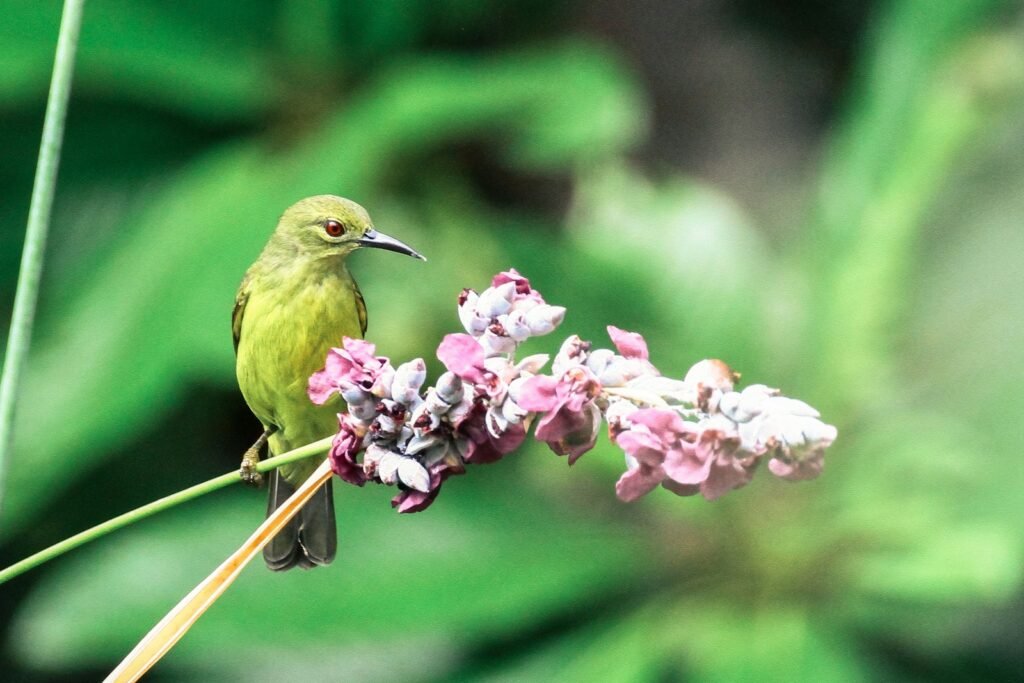Imagine a world without the mesmerizing dance of hummingbirds hovering near a blossom, or the spectacle of a sunbird plunging its slender beak deep into a fiery flower. It’s almost unthinkable. Yet, the stunning diversity of bird beak shapes and sizes isn’t just for show — it’s the product of millions of years of nature’s most creative experiment: evolution. The bond between birds and flowers is more than just a beautiful partnership; it’s a living, breathing testament to adaptation, survival, and the incredible ways life finds to thrive. It’s a story of intricate puzzles, where beaks and blooms have shaped each other in a dazzling evolutionary waltz, sometimes so specific it borders on the unbelievable. Let’s journey into the surprising world of bird beaks and the flowers they fit, and discover how nature’s ingenuity has painted some of the most breathtaking scenes on Earth.
The Secret Language of Beaks and Blooms
Birds and flowers communicate in a silent, intricate dialogue that has unfolded over millions of years. The shape of a bird’s beak and the design of a flower’s bloom are often so precisely matched, it’s as if they were created for each other. This phenomenon is known as coevolution, where two species influence each other’s evolution in a tight embrace. Flowers evolve to attract the best pollinators, while birds adapt to access the richest nectar. The result? A dizzying array of beak and bloom pairings that are as functional as they are beautiful. Next time you see a bird sipping from a flower, you’re witnessing a love letter written in the language of evolution.
Why Did Birds Evolve Beaks for Flowers?
At first glance, it might seem odd that birds would shape their beaks just for flowers. But when food is scarce or competition is fierce, evolution gets creative. Birds that could extract nectar from flowers gained access to a rich and reliable food source. Over generations, those with beaks that fit certain flowers better were more likely to survive and reproduce. This pressure turned ordinary beaks into specialized tools, perfectly suited to their floral partners. It’s like nature’s version of a lock and key — only the right bird gets the reward, ensuring both the bird and the flower succeed.
Pollination: Nature’s Ingenious Collaboration
When a bird visits a flower for nectar, it’s not just feeding itself — it’s also helping the plant reproduce. As the bird’s beak and head brush against the flower’s pollen, grains stick to its feathers and are carried to the next blossom. This process, called pollination, is crucial for many plants to form seeds and fruit. The more perfectly a bird’s beak matches a flower’s shape, the more efficient the pollination. It’s a win-win: birds get food, and flowers get a ticket to the next generation. This mutual benefit has driven some of the most remarkable adaptations in both birds and plants.
How Beak Shapes Transform Through Evolution
Over time, tiny differences in beak size and shape can change a bird’s fate. Birds with slightly longer or more curved beaks might be able to reach nectar that others can’t. These small advantages add up. Through natural selection, the best-adapted shapes become more common in the population. This slow, steady change can eventually lead to beaks so specialized, they seem almost custom-made for one type of flower. The process isn’t always smooth — sometimes, environmental changes force birds to adapt quickly, leading to bursts of evolutionary innovation.
The Hummingbird: Master of Precision

Few bird-flower partnerships are as dramatic as the one between hummingbirds and tubular flowers. A hummingbird’s beak is long, slender, and often slightly curved, perfectly suited to reach deep into trumpet-shaped blooms like the cardinal flower or honeysuckle. Their tongues, too, are tiny marvels — split at the tip and able to lap up nectar at astonishing speeds. Scientists have found that some species of hummingbirds have beaks that match their favorite flowers so precisely, they can’t feed on anything else. It’s a risky strategy, but one that pays off with exclusive access to a sweet reward.
Sunbirds: Africa’s Nectar-Loving Jewels

Sunbirds, often called the “hummingbirds of the Old World,” have evolved beaks that are long, thin, and sometimes dramatically curved. They dart from flower to flower across Africa, Asia, and parts of Australia, sipping nectar from blooms like aloes and proteas. The relationship is so tight that some African flowers, such as the scarlet aloe, have blooms that are angled or curved to match a particular sunbird’s beak. Sunbirds play a vital role in the pollination of these plants, making the partnership essential for both species’ survival.
Hawaiian Honeycreepers: Evolution’s Wildest Experiment
Nowhere is the story of coevolution more dramatic than in Hawaii, home to the honeycreepers. These birds descended from a single ancestor but evolved into a dizzying array of forms, each with a beak tailored to a specific ecological role. Some have short, thick beaks for crushing seeds, but many have evolved long, curved beaks to access the nectar of native Hawaiian flowers like lobelias and ʻōhiʻa. Each pairing is so specialized, it’s hard to believe they all started from the same bird. The honeycreepers are living proof of evolution’s ability to sculpt and reshape life in astonishing ways.
Evolutionary Arms Race: When Flowers Fight Back
The dance between birds and flowers isn’t always harmonious. Sometimes, it becomes a battle of one-upmanship. Certain flowers develop longer tubes or trickier shapes to keep out less effective pollinators, forcing birds to evolve even longer or more specialized beaks in response. It’s an evolutionary arms race, with each side pushing the other to new extremes. The result can be bizarre — like the sword-billed hummingbird of South America, whose beak is longer than its body, just to reach the nectar in extra-deep flowers.
The Sword-billed Hummingbird: A Living Legend
If you think evolution can’t get wild, meet the sword-billed hummingbird. Its beak is so long that the bird has to groom itself with its feet, because its beak won’t reach its feathers. Found in the Andes, this bird’s extraordinary beak is the only tool that can reach the nectar of certain passionflowers. The flowers, in turn, rely almost entirely on this bird for pollination. It’s a partnership that borders on the unbelievable — and a striking reminder of how far evolution will go to solve a problem.
Heliconia and Hermit Hummingbirds: A Floral Puzzle
In Central and South America, the heliconia plant and hermit hummingbirds have developed a jaw-dropping partnership. Heliconia flowers come in a range of shapes and sizes, each one matching the curve of a particular hermit hummingbird’s beak. Some flowers are so precisely shaped, only one species of bird can pollinate them. This exclusivity keeps the relationship tight and ensures that the right pollen gets to the right flower. It’s like a lock that only one key can open, forged by millions of years of shared history.
Proteas and Sugarbirds: South Africa’s Perfect Match

The relationship between proteas and sugarbirds in South Africa is another example of nature’s matchmaking. Sugarbirds have long, slender beaks that slip easily into the deep, cup-shaped protea flowers. As they feed, their heads get dusted with pollen, which they carry from bloom to bloom. This partnership is so vital that the survival of some protea species depends almost entirely on the sugarbird’s visits. The flowers provide not just food, but a stage for the sugarbirds’ courtship displays, weaving beauty and survival into a single, inseparable bond.
Adaptive Radiation: How One Species Becomes Many
Sometimes, a single group of birds spreads into a new environment and explodes into many new species, each with a different beak shape. This process, known as adaptive radiation, is a powerful force behind bird diversity. In places like Hawaii and the Galápagos, birds that arrived with plain beaks evolved into specialists — some for nectar, others for seeds or insects. The variety of flowers in these environments provided endless opportunities for birds to try new shapes and strategies, resulting in an evolutionary kaleidoscope that still dazzles scientists today.
When Flowers Change, Birds Must Adapt
Evolution is never static. When climate shifts or new flowers appear, birds must adapt or risk being left behind. Sometimes, new flowers introduced by humans shake up the old partnerships, forcing birds to adjust their feeding habits or even alter their beak shapes over generations. Rapid environmental change can be a challenge — but it also sparks bursts of innovation. Birds with flexible behaviors or slightly different beaks are more likely to survive, keeping the wheels of evolution spinning.
Birds, Flowers, and the Human Touch
Humans have played a surprising role in the story of birds and flowers. By introducing new plants, changing landscapes, or even breeding ornamental flowers, we’ve altered the evolutionary stage. Sometimes, these changes are beneficial — providing new food sources for birds. Other times, they disrupt ancient relationships, putting specialized birds at risk. Conservationists now work to protect not just the birds, but the flowers they depend on, recognizing that saving one often means saving both.
The Future of Beaks and Blooms
As the world changes at an ever-faster pace, the future of bird-flower partnerships remains uncertain. Climate change, habitat loss, and the spread of invasive species all threaten these delicate relationships. But there’s hope in the resilience and adaptability of both birds and flowers. Some species may find new partners or discover innovative ways to survive. Scientists and nature lovers alike are watching closely, eager to understand and protect these marvels of evolution before they disappear forever.
3 Stunning Examples That Prove Evolution’s Genius
First, the sword-billed hummingbird’s impossibly long beak and the passionflowers it pollinates are a breathtaking example of evolutionary precision. Second, the partnership between sunbirds and aloes in Africa shows how beak and bloom can shape each other’s destiny, right down to the angle of a flower’s curve. Third, the heliconia and hermit hummingbird duo in the tropics prove that even within a single plant species, flowers can evolve to match the unique beaks of their favorite pollinators. These stories aren’t just scientific curiosities — they’re living testaments to the creativity and drama of evolution itself.
What Nature’s Matchmaking Teaches Us
The story of birds and flowers is one of wonder, surprise, and endless possibility. It shows how even the smallest details — the curve of a beak, the depth of a bloom — can shape the fate of entire species. It’s a reminder that evolution isn’t just about survival; it’s about partnership, innovation, and the beauty that arises when life adapts in harmony. What would the world look like if we paid more attention to these hidden connections, and what new wonders might we discover if we chose to protect them?



